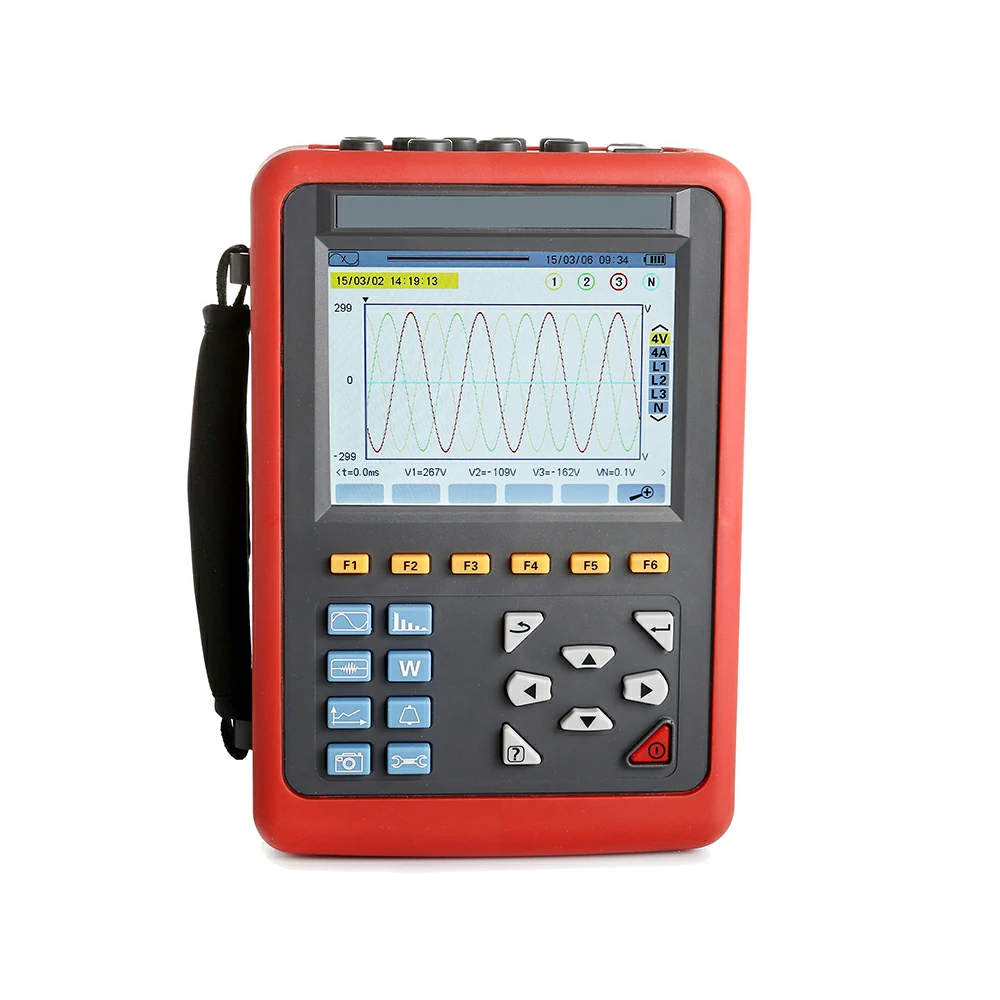How does an electrical test equipment handle oil samples with high levels of water contamination?
Electrical test equipment, such as insulation resistance testers, contact resistance meters, and high potential (Hipot) testers, are commonly used to assess the condition of electrical components and systems.
When handling oil samples with high levels of water contamination, these test equipment may face several challenges and considerations:
- Insulation Resistance Testing: Oil samples with high water contamination may affect the insulation resistance measurements conducted by insulation resistance testers. Water contamination reduces the insulation resistance of the oil, leading to lower resistance readings than expected. Test equipment must account for the presence of water contamination and interpret results accordingly.
- Contact Resistance Measurement: Water contamination in oil samples can also impact contact resistance measurements. Water acts as a conductor, potentially reducing the contact resistance between electrical contacts or conductors immersed in the oil. Electrical test equipment must be sensitive enough to detect changes in contact resistance caused by water contamination.
- High Potential Testing: In high potential testing, such as Hipot testing, the presence of water contamination in oil samples can affect the dielectric strength and breakdown voltage of the oil. Water reduces the dielectric strength of the oil, making it more susceptible to breakdown under high voltage stress. Test equipment must adjust test parameters and safety thresholds to accommodate water-contaminated oil samples.
- Safety Considerations: When testing electrical components or systems with water-contaminated oil, safety precautions are crucial. Water contamination can increase the risk of electrical arcing, sparking, or equipment failure during testing. electrical test equipment Electrical test equipment must incorporate safety features, such as overvoltage protection, insulation monitoring, and ground fault detection, to mitigate potential hazards associated with water-contaminated oil samples.
- Data Interpretation: Test equipment users must be aware of the impact of water contamination on test results and interpretation. Water contamination can lead to lower insulation resistance readings, higher contact resistance values, or lower dielectric strength measurements. Proper data interpretation and analysis are essential to assess the condition of electrical components accurately.
- Cleaning and Preparation: Before conducting tests on oil samples with high water contamination, it may be necessary to clean and prepare the test equipment and test specimens. Removing excess water, sediment, or contaminants from the oil samples and test apparatus helps ensure accurate and reliable test results.
Overall, electrical test equipment must be capable of accommodating oil samples with high levels of water contamination while maintaining safety, accuracy, and reliability. Proper calibration, adjustment of test parameters, adherence to safety protocols, and careful data interpretation are essential when handling water-contaminated oil samples in electrical testing applications.
